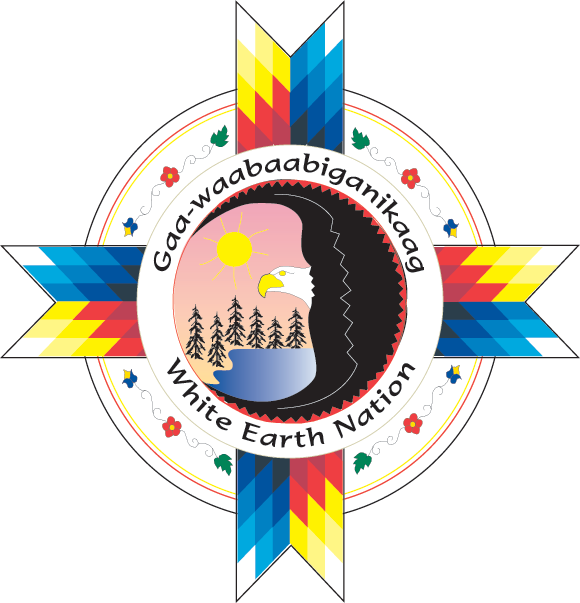The Wild Rice program focuses on the management and enhancement of Manoomin. Tasks include opening and closing the season, coordination with the Tamarac Refuge and the State of MN, seeding lakes, purchasing green rice, and in charge of the rice finishing. The program also works with outside agencies to ensure Rights of Manoomin are considered when permitting projects, making management decisions, or any activity that could have a negative impact.
The gathering of wild rice for food and trade has been an integral part of this region’s history and culture for thousands of years. The White Earth Wild Rice Program was established in 1983 to protect and enhance the natural wild rice beds of the Reservation for the use and benefit of Tribal members.
White Earth has a multitude of waters which range from harvestable stands to remnant stands of wild rice. Tribal members utilize this resource as a main staple for their diet and rely on the annual harvest for supplemental income. However, over time rice density and abundance has seen a decline. With the State of Minnesota proposing changes to the sulfate rule White Earth is concerned for the impacts this may have on the future of its Wild Rice.
The largest area of wild rice beds can be found on Lower Rice Lake. When conditions are favorable, up to 1,400 acres of beds can produce more than 200,000 pounds of green rice. Lower Rice Lake is to be used exclusively by White Earth Reservation enrolled members only.
Lower Rice Lake is managed by the White Earth Reservation Natural Resources Division. In the past, natural or other human use processes were allowed to manage lake levels and wild rice production. Currently, Lower Rice Lake is extensively managed as a wild rice, waterfowl and wildlife refuge – this is primarily accomplished by adjusting the water level. We are establishing an area that will be preserved in its natural state and beauty for future generations to use.
